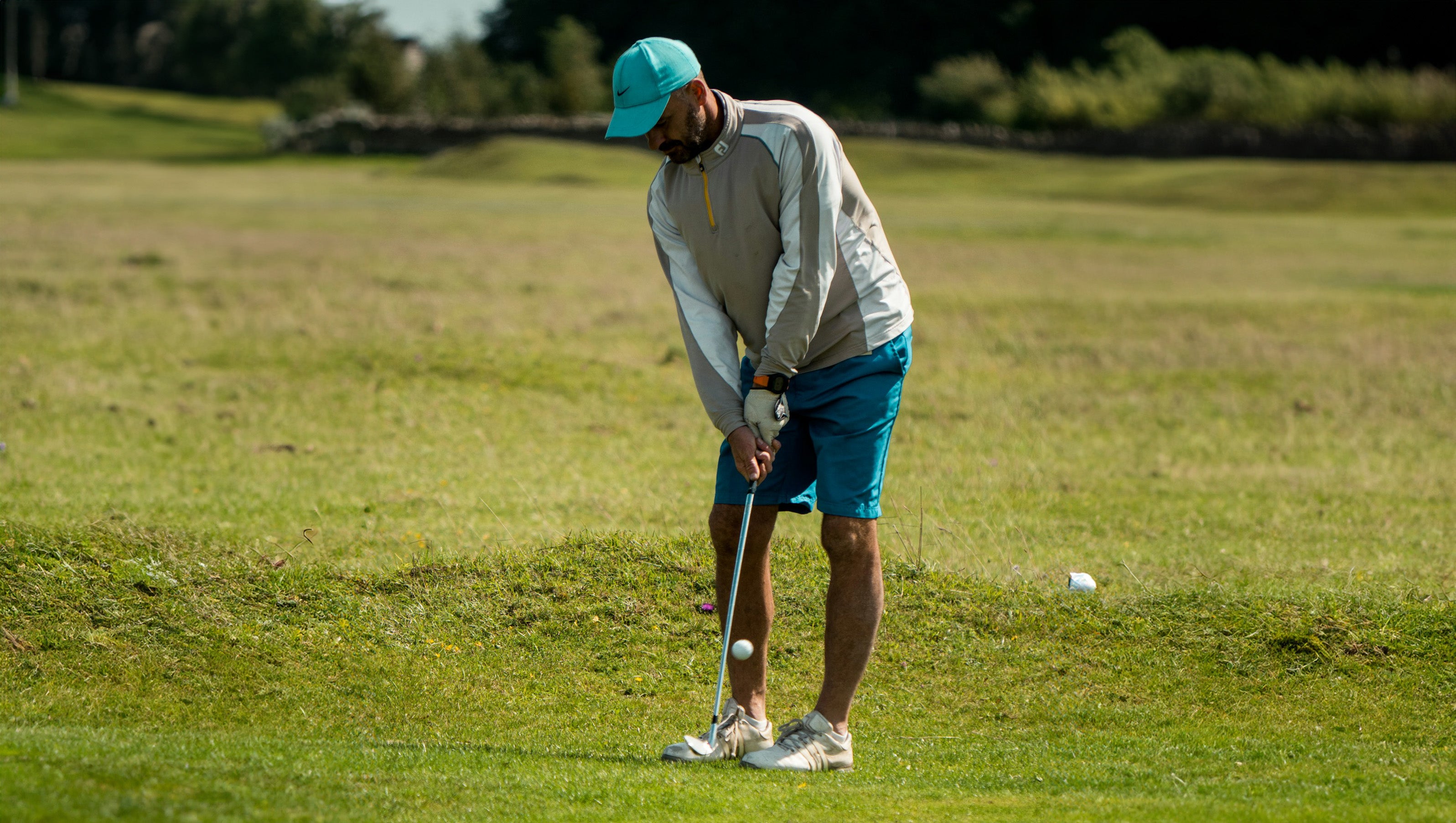A proper golf club grip is the cornerstone of a great golf game. By mastering the correct grip, players can significantly influence their clubhead speed, ball flight, and overall performance on the course. An effective grip enhances control, comfort, power, and trajectory, laying the groundwork for a successful swing. Understanding and applying the fundamentals of a proper golf grip is essential for players aiming to refine their game.
The Fundamentals of a Golf Club Grip
Addressing the golf club grip involves understanding key terms such as lead hand (the top hand), trail hand (the bottom hand), and the formation of V's between the thumb and forefinger. Traditional grip advice often overlooks variations in individual anatomy and personal style, limiting its application.
You may also like to read: The Complete Guide on Golf Club Distance
Understanding Your Natural Grip Style
Every golfer has a unique natural motion and range of motion, making it crucial to experiment with different grip positions. Accommodating one's natural grip style can significantly improve comfort and effectiveness on the course, allowing a more intuitive and powerful swing.

Step-by-Step Guide to Achieving the Perfect Grip
- Position Your Hands: Align the club with your lead hand, ensuring the grip runs diagonally from the base of your fingers to the palm.
- Close Your Lead Hand: Wrap your lead hand around the grip, positioning the thumb down the shaft.
- Placement of the Trail Hand: Place your trail hand below the lead hand, mirroring the thumb position.
- Adjust Grip as Necessary: Fine-tune the pressure, ensuring neither hand is overpowering the other.
Marking Your Glove for Leverage
Marking your glove with dots can serve as a visual guide for correct finger placement. This technique allows golfers to consistently achieve optimal leverage, enhancing grip effectiveness.
Shop professional golf gloves at Just Golf Stuff.
Adjusting Your Grip to Enhance Comfort and Control
Adjustments in lead and trail hand positions can significantly affect a player's grip, mobility, and control. Fine-tuning these positions ensures the grip complements the golfer's natural motion, improving comfort and swing dynamics.
Read also: How To Hit a Golf Ball
Considering Oversized Grips
Oversized grips present benefits for players with larger hands or those seeking relief from grip-induced discomfort. These grips can offer improved control, alleviate pain, and positively impact ball trajectory, making them a worthwhile consideration for many golfers.
You may also like: How to Put Backspin in a Golf Ball
Fine-Tuning Your Grip for Optimal Performance
After initial adjustments, refining your grip is a continuous process. Drills, such as the cast drill, can help test and enhance the efficacy of your grip, ensuring sustained improvement and confidence in your swing.

Common Mistakes to Avoid When Gripping Your Golf Club
Many golfers fall prey to misconceptions about the ideal golf grip. It's crucial to avoid overly tight grips, incorrect thumb placements, and neglecting grip pressure balance. Recognizing and correcting these mistakes is key to mastering the golf club grip.
Read also: How to Hold a Golf Club Correctly
Conclusion
Mastering the proper golf club grip is invaluable for enhancing golf performance. Experimentation and adjustment are essential in finding the most comfortable and effective grip.
By understanding the fundamentals, making thoughtful adjustments, and continuously refining your grip, you can significantly impact your game. Embrace the process with patience, and don't hesitate to explore different types of golf clubs, gloves, and accessories on Just Golf Stuff to support your journey.
Practice these tips, browse more products that can aid your grip, and here's to improving every aspect of your golf game!
 Reviews on
Reviews on 


